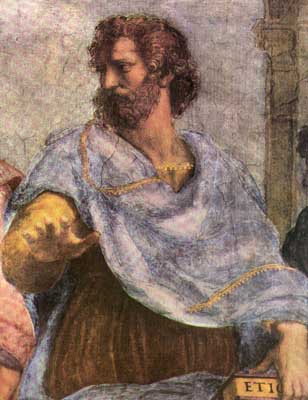
Aristotle as portrayed by Rapheal in his The Academy (from The MacTutor History of Mathematics archive)
Many in classical Greece in particular Aristotle, thought the Earth was the center of the universe and was circled by the sun, planets and stars.

However, around 250 B.C.E., Aristarchus of Samos proposed that the sun was the center of the universe and that the Earth was just another planet which orbits the sun.

The Greeks assumed that all orbits were perfect circles. However, the observed motions of the planets could not easily be described and predicted based solely on circular trajectories. More and more circles were introduced into the model, and short term predictions of planetary positions were possible, but long term predictions were still inaccurate. A different model was necessary.

In the mid 1500's, Nicolaus Copernicus reintroduced the sun centered "heliocentric" idea.
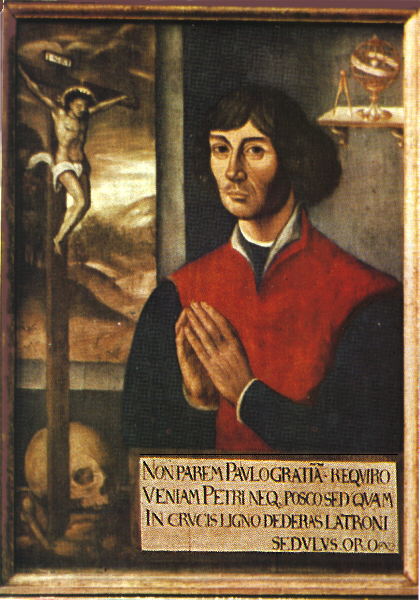
In the late 1500's, the Danish astronomer/mathematician Tycho Brahe made very precise naked eye measurements of Mars and the other known planets. [Brahe] In the year 1600, he was joined by Johannes Kepler.

Kepler desired to construct a model of planetary motion which could accurately explain and predict positions. He tried to construct models based on harmonics of music and on the five regular solids from geometry. In 1605, based on Tycho's data, Kepler made his famous discovery: the planets orbit the sun in elliptical orbits with the sun at one focus.
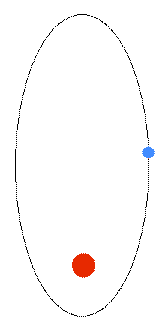
Kepler had a great deal of good luck in his studies: he concentrated on explaining the motion of Mars. Had he dealt exclusively with one of the other planets, he likely would have been unsuccessful (due to the fact that the other orbits are almost circular). The elongation of Mars' orbit is also responsible for the fact that there are certain times when it is much closer to the Earth than others (the closest approach in recent history being the 2003 opposition when Mars was "only" 34,650,000 miles from Earth; an example of a bad opposition is the 1999 opposition when Mars was 54,000,000 miles from Earth).
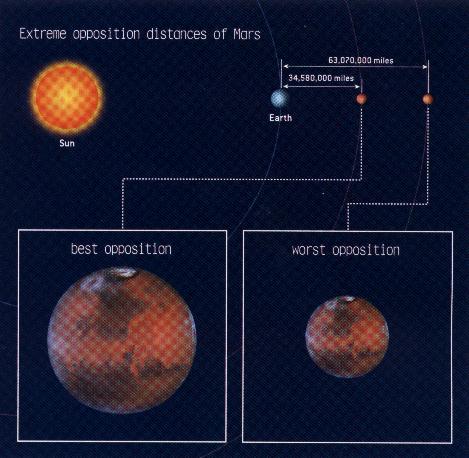
At its closest, Mars appears to be about 1/80 the size of our moon (i.e. a magnification of 80 will make Mars appear the same size as the moon appears to the naked eye). In the early 1600's, Galileo observed Mars through his telescope.

He thought he saw (with some uncertainty) a slight phase to Mars, but he did not observe any surface features. Several Europeans reported seeing surface details on Mars in the mid 1600's. In 1659, the Dutch astronomer Christian Huygens produced "the first drawing of Mars worthy of the name:"
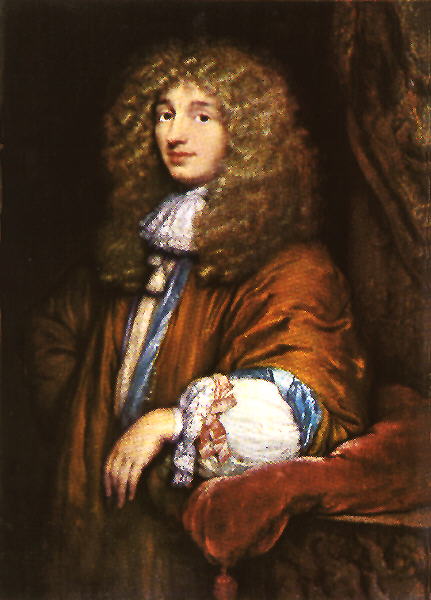
Christian Huygens (from Frankfurt University's Pictures of Famous Physicists webpage) |
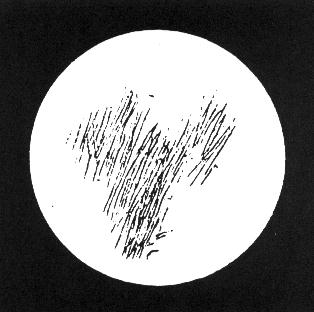
Huygens' 1659 drawing of Mars (from Mars, The Lure of the Red Planet) |
Huygens had observed the dark region called Syrtis major. Others observed Mars telescopically in this period (some of them, including Huygens, suspecting Mars was inhabited). Huygens and Giovanni Cassini measured Mars' rotational period as 24 hours 40 minutes.

However, at the end of the 17th century, Mars was little more than a small disk with a few spots of unknown origin and composition.
Giacomo Maraldi made the first useful observations of the polar caps of Mars. [Maraldi] He noticed seasonal changes in them, but made no guess of their composition. William Herschel, the greatest observational astronomer of the 18th century, confirmed Maraldi's studies of the polar caps and suggested that they were made of water-ice (we now know they are primarily carbon dioxide ice).

Herschel established that Mars' axis of rotation had a similar tilt to that of Earth. So by the end of the 18th century, similarities between Earth and Mars were mounting: both have polar ice caps, the periods of rotation are similar, and the tilt of their axes are similar.
In 1858, Angelo Seechi in Rome noticed seasonal changes in the Syrtis Major region, seeing it take on a blue color.
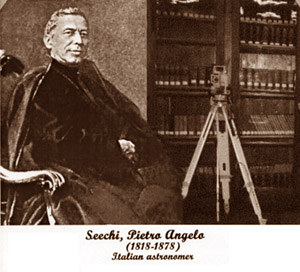
He drew parallels between this feature and the Atlantic Ocean on Earth. He called the feature the "Atlantic Canale." Similar terminology would arise later and have significant influence. In the 1860's, the Englishman William Dawes made high quality drawings of Mars, named various features, and set up the basis for a map of the surface. [Dawes] Dawes used an 8 inch telescope at 258 power. At this time, astronomers were reaching the limits of telescopes resolution as determined by the turbulence of Earth's atmosphere. Trying to see finer detail on Mars runs the risk of introducing subjective patterns which are not actually present. This is exactly what happened in the last quarter of the 19th century.
In September of 1877, Asaph Hall discovered two moons of Mars, Phobos and Deimos, using the 26-inch telescope at the U.S. Naval Observatory in Washington D.C.

The big news from this time, though, was due to the studies of the Italian Giovanni Schiaparelli.
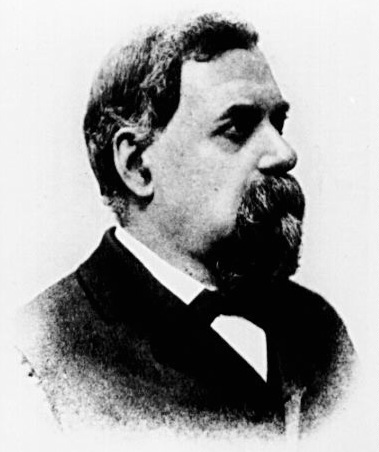
He was a well-known astronomer, having won awards for his work on comets and meteors. Schiaparelli wanted to produce a map of the globe of Mars. By 1877 he had completed his first observational runs. He observed bright areas which he regarded as continents, and dark areas which he thought were seas.

He gave accurate descriptions of the shapes of the polar caps. He is most remembered, though, for introducing long linear features which he called (in Italian) canali. To put things in a cultural context, this was a time of great canal construction around the world, the greatest being the Suez canal which was completed in 1869. Canals were viewed as accomplishments of advanced civilizations. Schiaparelli's term was translated not as "channel" which would be accurate, but as the more misleading "canal." Schiaparelli studied Mars for almost 20 years, and believed the "canals" to be natural geologic features. His ideas were generally accepted, though there were critics (such as Nathaniel Green, A British astronomer and contemporary).
Percival Lowell was born in Boston in 1855 into an upper class, aristocratic family.

He became fascinated with Mars after reading Camille Flammerion's La Planite Mars in 1893. He established an observatory outside of Flagstaff, Arizona in 1894. He used 6, 12, 18, and 24 inch telescopes.
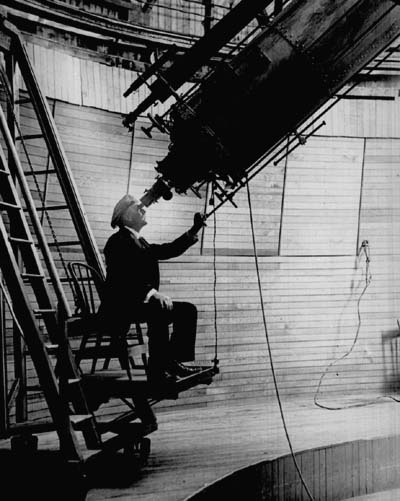
Lowell described Mars as a desert and thought the dark areas were dried-up seas. Lowell is remembered, however, for his extensive description of the canals of Mars. He saw great networks of canals covering the surface of Mars. He interpreted this as a system of irrigation canals constructed across the deserts to transport water from the polar caps.
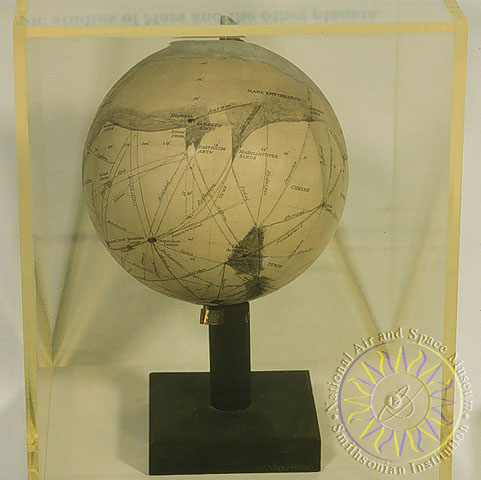
He assumed that he was seeing Schiaparelli's canals. Schiaparelli, though, thought that Lowell's imagination was responsible for the great detail. He wrote to Lowell in 1909: "The enormous quantity of detail that one can easily recognize on your drawings does not exist on the planet, at least this is my present opinion," Lowell's views influenced the study of Mars for the next several decades, though. In particular, he inspired H.G. Wells to write War of the Worlds and Edgar Rice Burroughs to write a series of novels describing the adventures of John Carter on a very Lowellian Mars.
Two contemporaries of Lowell, Edward Barnard and Eugene Antoniadi, were the leading adversaries to Lowell's Martian canals. Edward Barnard used a 36 inch refractor in September 1894 to obtain some of the most impressive views of Mars to date.
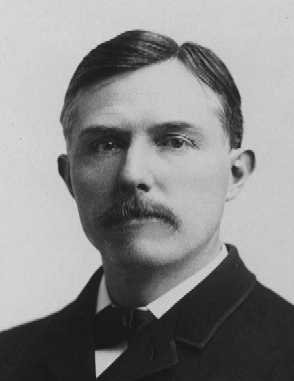
He failed to see Schiaparelli's canals. He produced the following drawing:

Another leading opponent to the Schiaparelli and Lowell canals was Eugene Antoniadi. In 1909, he used the 33 inch Grand Lunnette, then and now the largest refracting telescope in Europe. Antoniadi became convinced that Lowell's canals were an illusion. He was the first to understand the true nature of Mars' deserts and his drawings were very similar to the early photos retrieved by the Mariner and Viking spacecraft. His 1930 map stands up to contemporary scrutiny:
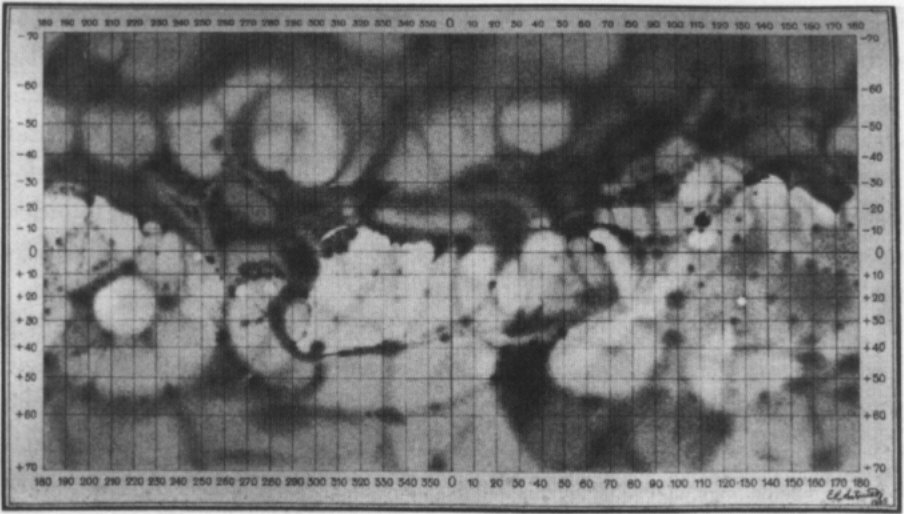
By the early 1900's, much of mainstream astronomy denied the existence of Lowell's canals. however, the idea persisted among some for decades. The issue was not definatively settled until the exploration of Mars by spacecraft.